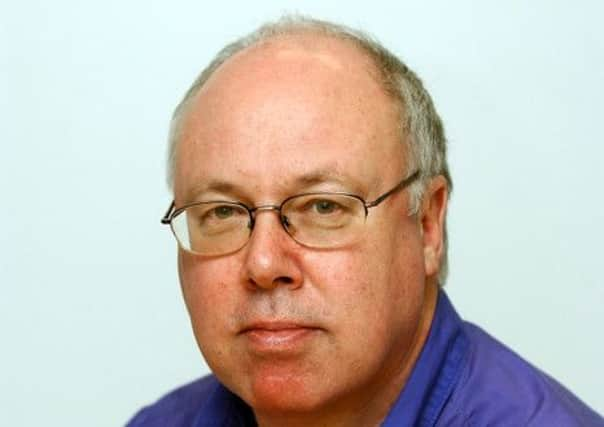Comment: Get braced for a summer of share turbulence


Carney, who is known to favour such forward “guidance”, duly obliged.
Thursday’s meeting of the monetary policy committee surprised everyone with a clear signal that interest rates were not going to rise any time soon. Cue the FTSE 100’s best performance in 20 months. Round one to the new governor.
Advertisement
Hide AdAdvertisement
Hide AdCoincidence or not, the European Central Bank also broke its normal Trappist vow of silence, declaring that interest rates will stay on the floor for the foreseeable future and might even be cut. European equities immediately posted their biggest one-day jump in 11 months. On the surface, this happy turn of events means investors can head for the summer beaches without too much worry.
Unfortunately, I’m not convinced we’ve seen the end of the market volatility unleashed by the US Federal Reserve’s hint that it intends to wind down its programme of bond buying. I’m not alone.
The reason, paradoxically, is that the US economy is performing well despite the recent fiscal tightening. This week Reuters found that half the 60 top US economists it polled still believe the Fed will start reducing bond purchases come the autumn, while a clear majority expect the programme to end by next June.
Recent US economic data, particularly in the housing market, is very positive, which reinforces the Fed’s view that the US economic outlook requires less monetary intervention. Yesterday’s solid pay-rolls data could also draw the Fed closer to tapering.
Logically that means bond prices will fall (less risk) and yields rise, pushing up interest rates and sending equities back down. In other words: the more good economic news, the greater stock market volatility. I recommend investors go on holiday without their mobile phones.
Heathrow expansion is the sensible way ahead
Next week the UK government’s independent Airports Commission – investigating the need for new runway capacity – is holding public evidence sessions. Unfortunately, none of these sessions will take place in Scotland.
Yet the future of Scottish business connectivity with the rest of the world is directly linked to what happens at Heathrow airport – think banking, oil and tourism. That will remain true whichever way we vote in the independence referendum.
Heathrow is already at peak capacity, which means it is the only major European hub cutting the number of international destinations it serves.
Advertisement
Hide AdAdvertisement
Hide AdMost of Scottish business opinion favours an expansion of runway capacity at Heathrow – the only sensible option time-wise and cost-wise. Fantasies of new airports floating in the Thames estuary are just that – moonshine. The real threat lies in local opposition to Heathrow expansion combining with campaigns at Gatwick and Luton to block any runway expansion for the next 50 years.
Capacity would then have to be rationed by raising air passenger duty, disastrous for Scottish business costs.
The Scottish Council for Development and Industry told the commission that the government should prioritise slot allocation at Heathrow and Gatwick to protect connectivity for the Scottish economy.
I doubt whether any Westminster administration would single out Scotland for special favours. The simple solution is extra runways at Heathrow.